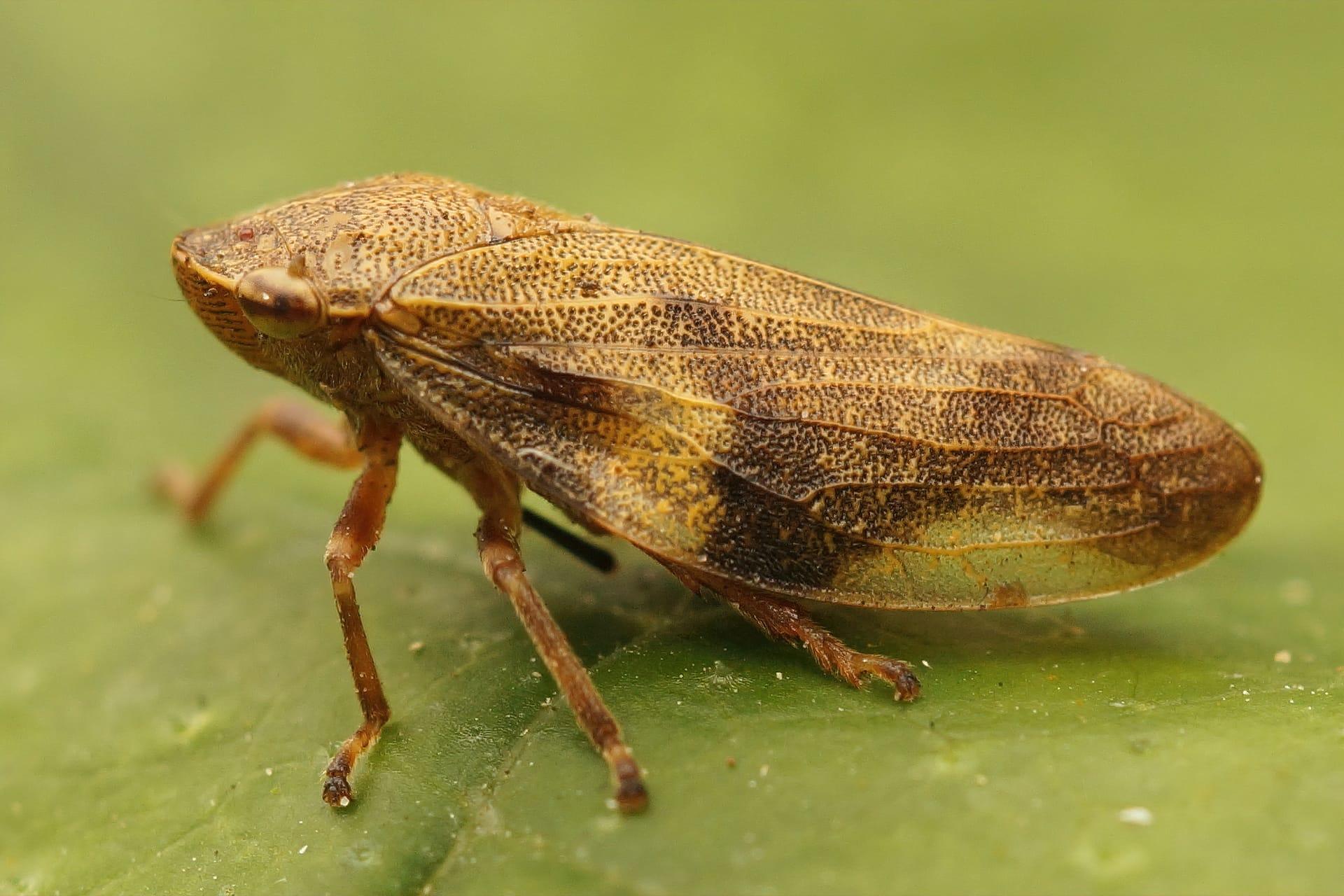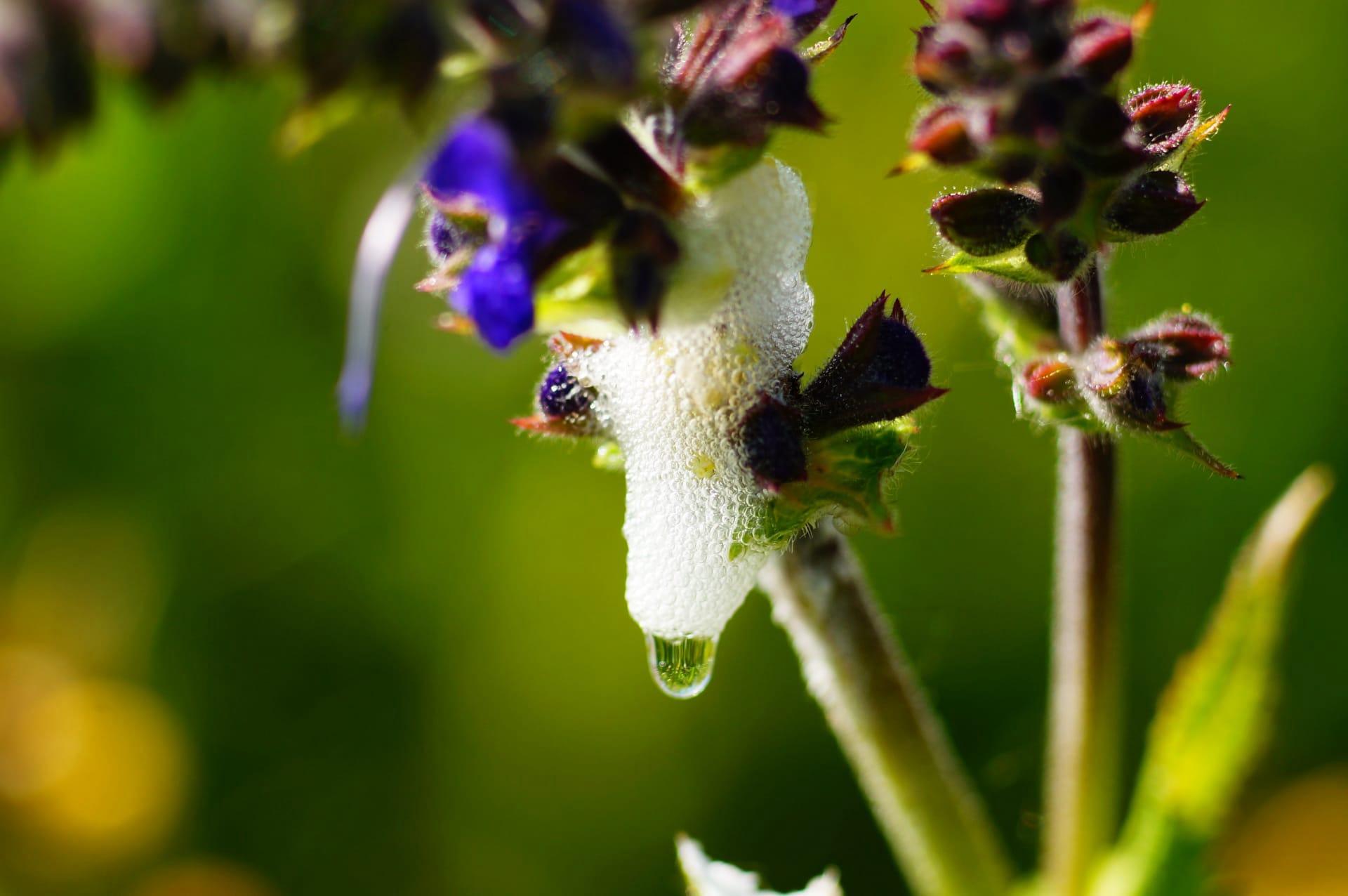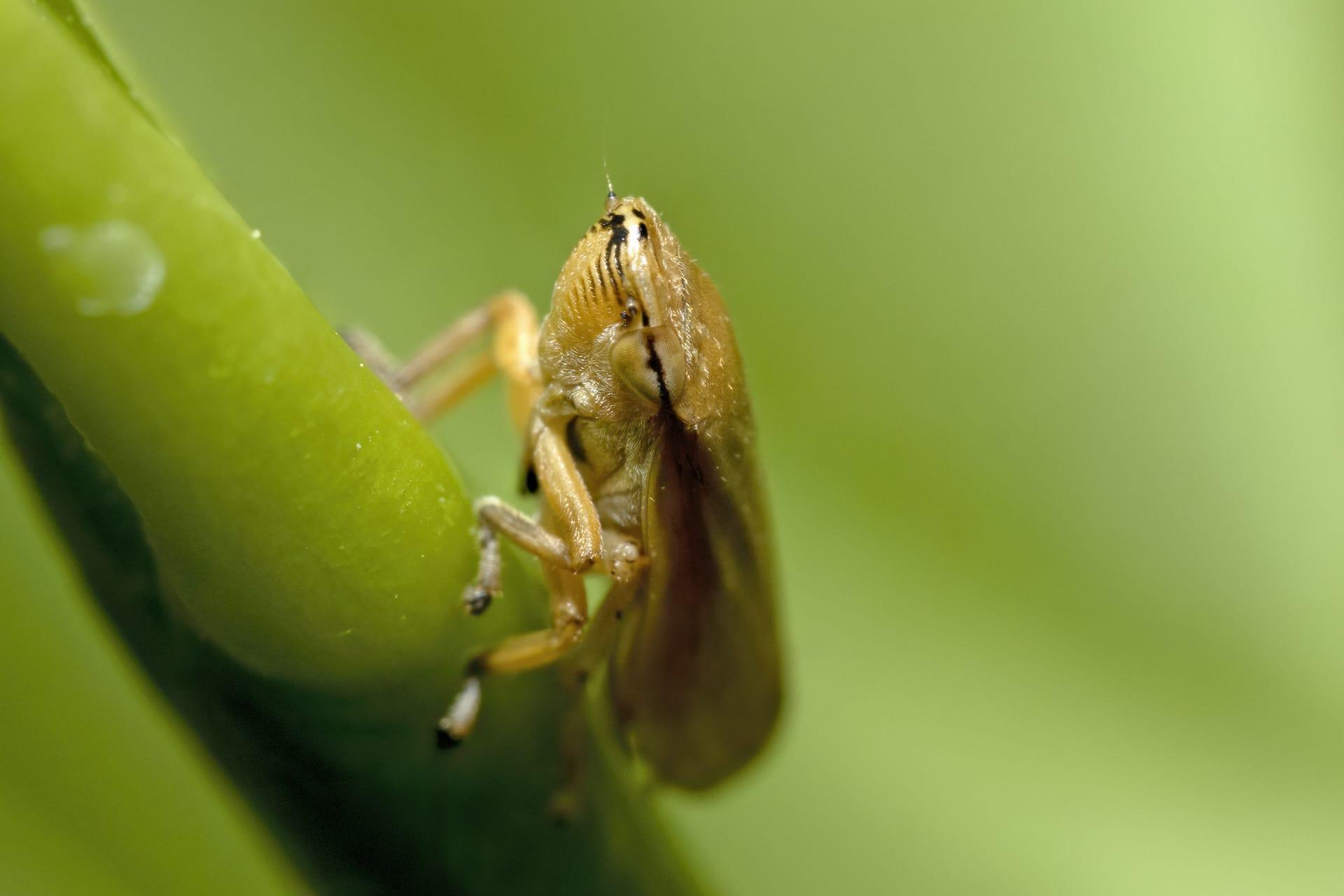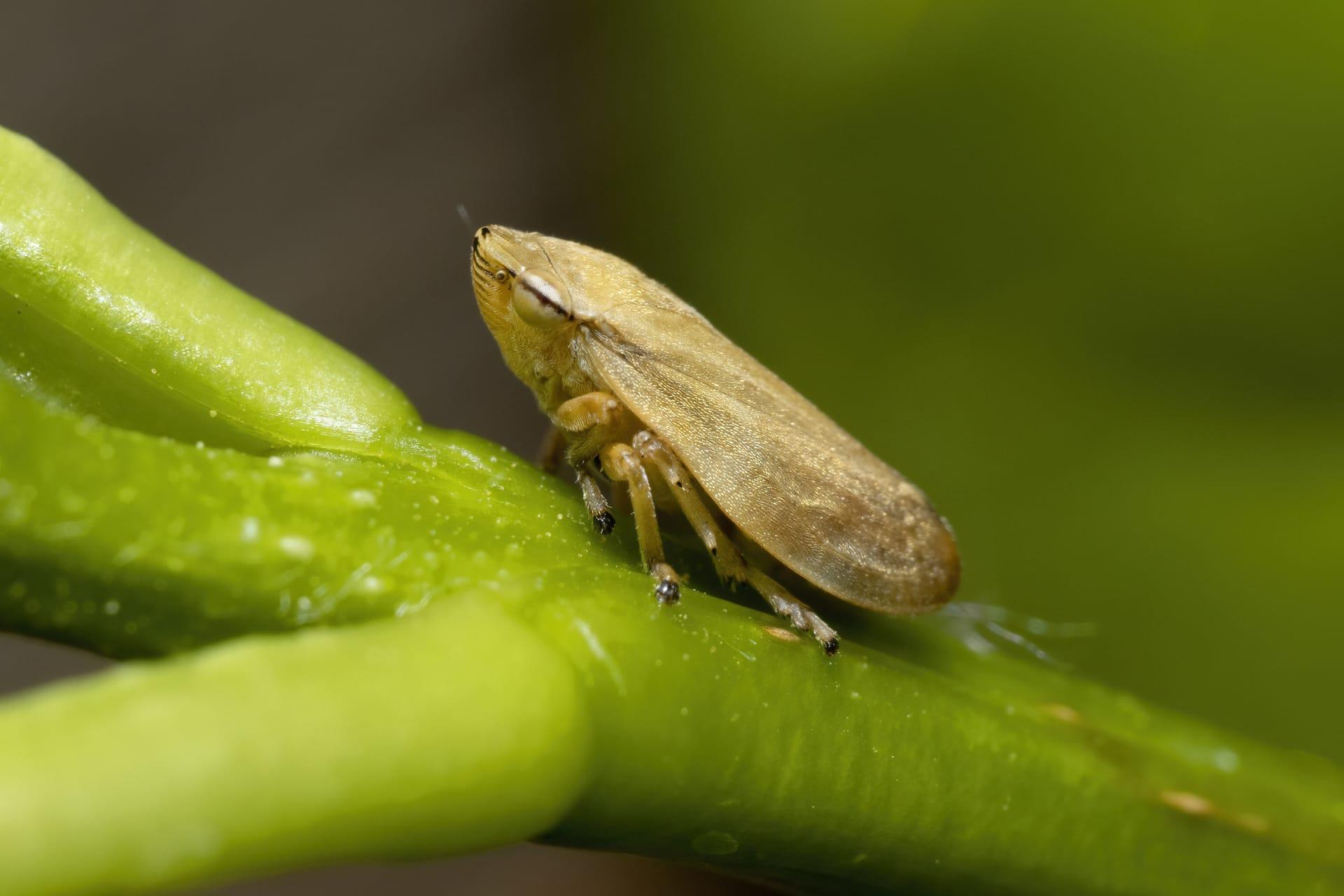Spittlebug Trivia
- Home /
- Trivia Question /
- Animal /
- Spittlebug Trivia
1
Question: What are Spittlebugs and where can they be found?
Answer: Spittlebugs, also known as froghoppers, belong to the family Cercopidae. These small, hopping insects are found worldwide, especially in grasslands and meadows. They're most noticeable in spring and early summer. Adult spittlebugs are about 1/4 to 1/2 inch long and vary in color, but many are brown or green.
Question: Why do Spittlebugs produce foam and how do they do it?
Answer: Spittlebugs produce foam as a protective mechanism during their nymph stage. The foam, often seen as a bubbly mass on plants, is created by the nymphs mixing air with a fluid they secrete from their abdomen. This frothy "spittle" shields them from predators and environmental hazards, while also preventing dehydration. It's quite a clever survival strategy!

2
Question: Do Spittlebugs harm plants?
Answer: A common misconception is that Spittlebugs significantly harm plants. In reality, while they do feed on plant sap, their impact is usually minimal. Most healthy plants can tolerate their feeding without any noticeable damage. However, in large numbers, they might cause some yellowing or distortion of young leaves.
Question: Can Spittlebugs jump high distances?
Answer: Yes, Spittlebugs are renowned for their jumping ability. Adult froghoppers can leap up to 100 times their body length! They achieve this by rapidly extending their hind legs, which is akin to a catapult launch. This extraordinary ability is vital for escaping predators and navigating their environment.

3
Question: How long do Spittlebugs live and what is their lifecycle?
Answer: Spittlebugs typically have a one-year lifecycle. They spend winter as eggs and hatch into nymphs in spring. After about five weeks, they mature into adults by summer. The adults then mate and lay eggs in the fall. This lifecycle allows them to synchronize with the growth cycle of their host plants.
Question: What do adult Spittlebugs eat and how do they feed?
Answer: Adult Spittlebugs feed on plant sap, much like their nymph stage. They have specialized mouthparts, called proboscises, that allow them to pierce plant stems and suck out the sap. Their feeding usually doesn't cause significant harm to healthy plants, but they can be a nuisance in large numbers.

4
Question: Are Spittlebugs solitary or do they live in groups?
Answer: Spittlebugs are mostly solitary insects. While their foam nests might be seen in clusters, each frothy bubble typically houses a single nymph. Their solitary nature extends into adulthood, where they are often found alone unless mating.
Question: How do Spittlebugs affect agriculture?
Answer: Spittlebugs can be a concern in agriculture, especially in pasturelands and forage crops. While they rarely cause serious damage, high populations can reduce the aesthetic quality of ornamental plants and potentially transmit plant diseases. Management typically involves monitoring their numbers and maintaining healthy plant growth.

5
Question: What natural predators do Spittlebugs have?
Answer: Spittlebugs have several natural predators, including ladybugs, lacewings, and birds. These predators help control their populations in natural ecosystems. The foam they produce as nymphs offers some protection, but it's not foolproof against determined predators.
Question: Are Spittlebugs important for the ecosystem?
Answer: Yes, Spittlebugs play a role in their ecosystems. As sap feeders, they're part of the food web, serving as prey for various predators. They also help in plant pollination occasionally. While they're not keystone species, their presence contributes to the biodiversity and ecological balance of their habitats.